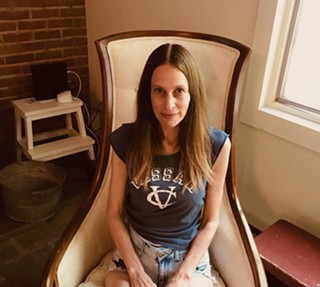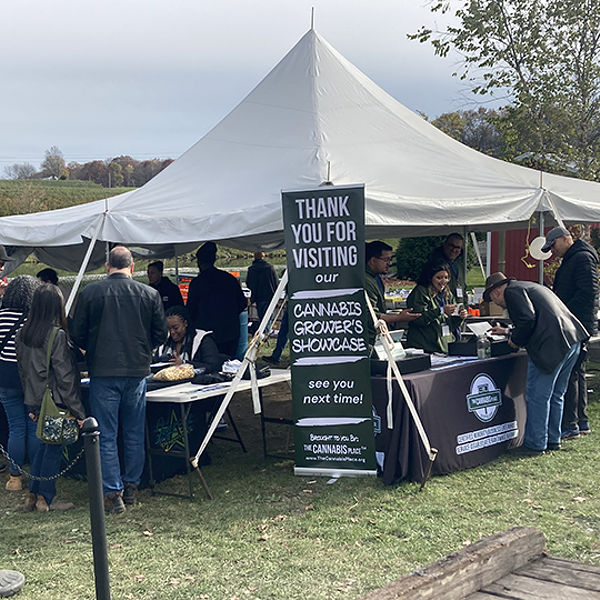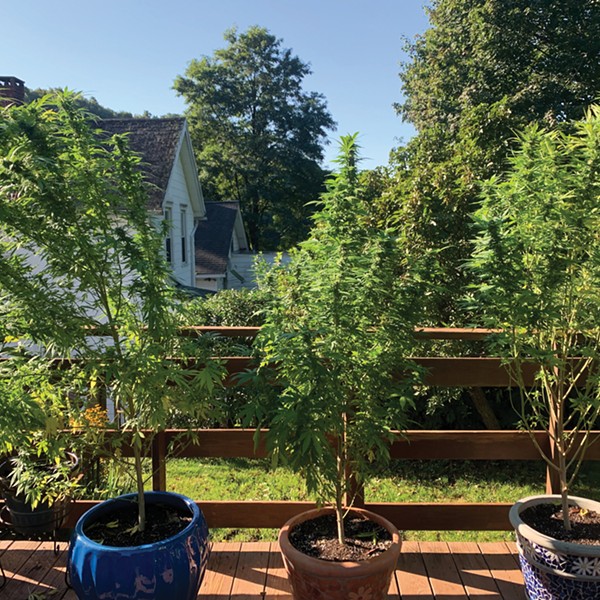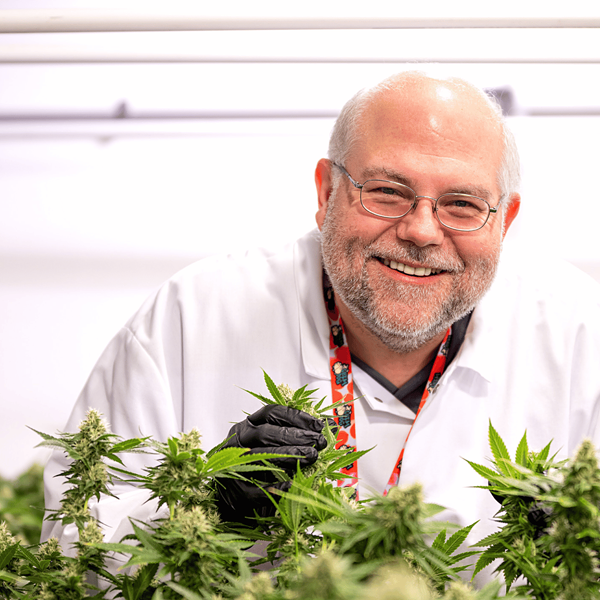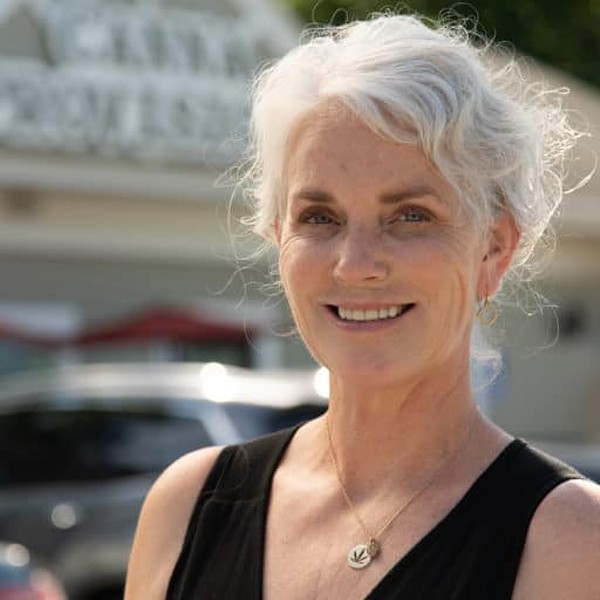Hopes are high—yet the science behind cannabis remains in the baby-step stages in this country. "With medical marijuana, there have been a lot of anecdotal reports [about its benefits]. But in the world of research and medicine, we really like having objective data to see if something is effective or not," says Kelly Knupp, MD, a pediatric neurologist and the lead researcher on a three-year cannabis study with epilepsy patients at Children's Hospital Colorado. Although the medical form is now legal in 23 states, marijuana remains illegal at the federal level and is considered a Schedule 1 drug by the Drug Enforcement Administration (DEA), making it very difficult to study. Researchers cannot carry out the double-blind, placebo-controlled clinical trial that is considered the gold standard, so instead they must do the next best thing: an observational study.
"We're asking families who are providing medical marijuana products to their children to keep seizure diaries before and after treatment is started, which allows us to observe in a more rigorous way whether there are any benefits to the products," says Knupp. "Everybody is hoping that the products will decrease seizures or lead to seizure freedom." Still, most doctors won't prescribe or formally recommend marijuana to their patients. "I tell them we don't really know whether this works or not. If we have patients choosing to try these products, we will try to provide as much safety around that as we can." That said, Knupp and her colleagues did conduct a retrospective study that reviewed the charts of 75 patients who were using medical marijuana; in that study, 33 percent of patients reported a 50 percent reduction in seizures. Interestingly, patients who moved to Colorado to obtain medical marijuana were three times more likely to report an improvement. Still, says Knupp, "We need a body of science for recommended doses, side effects, and precautions. That science hasn't been done yet."
Pure Hemp, Pure Relief
For Susan Rusinko, of Auburn, who has been living with multiple sclerosis since 2000, waiting for the science has never been a priority. "I played the game with my neurologist, trying this medication and that. By 2003 I was on about 17 different pharmaceuticals. It just wasn't fun anymore," she says. "I had young kids and I couldn't keep up with them. I said to my doctor, 'I'm not living my life, I'm on my couch in your prescribed drug-induced haze. I want a medication vacation.' He said, 'What do you think you're going to do?' I said, smoke marijuana." With her doctor's guidance, Rusinko weaned herself off most of her pharmaceuticals; to help with the withdrawal as well as her MS symptoms, she medicated with marijuana every day—and still does. "From then, my life has improved tremendously. I got off pharmaceutical drugs. I lost 60 pounds. I kayak. I've been to every one of my kids' concerts, every all-star game. That's why I had children—I wanted to enjoy them."
After years of keeping it a secret from almost everyone except her husband, Rusinko came "out of the closet" after her kids graduated from high school. Then there was no stopping her—she went on the news and even went to Albany to speak to senators at the capitol. "I said, 'I'm an illegal marijuana user and I'm a better person for it.'" After lobbying hard for a medical marijuana program in New York, Rusinko is finally seeing it come to pass—but it's not the program she was hoping for. "They're still treating it like an illicit drug and not the medication that it is," she says, noting the program's many restrictions. Just 20 dispensaries, she adds, is not enough for a state of this size; some people with serious illnesses will have to drive three hours to get to one. "There's more work to be done. My hope is, once they see how well it goes, they'll open it up more. And please, let them include PTSD veterans. They fought for our freedom, and we've left them out."







